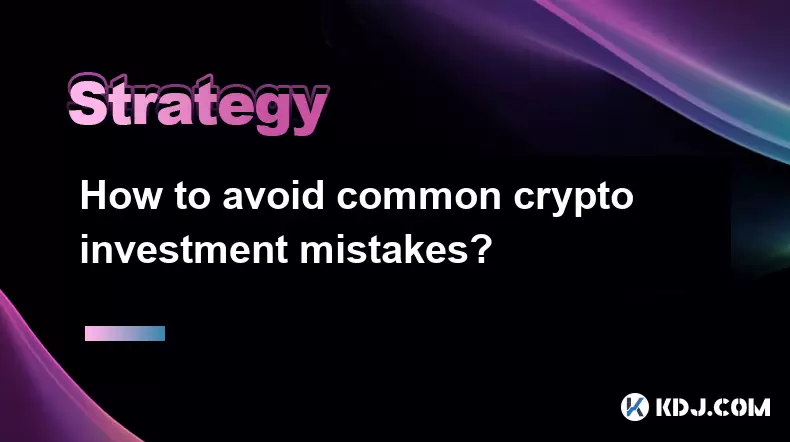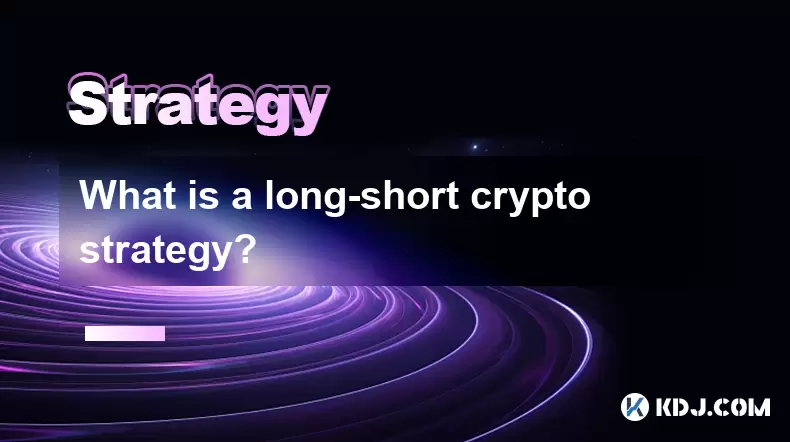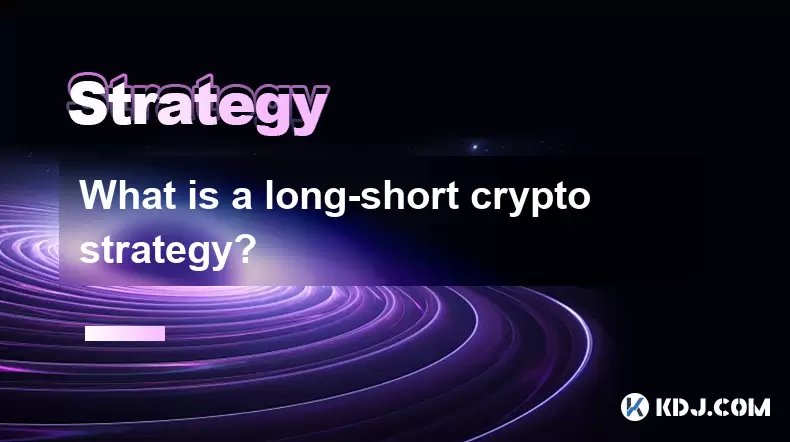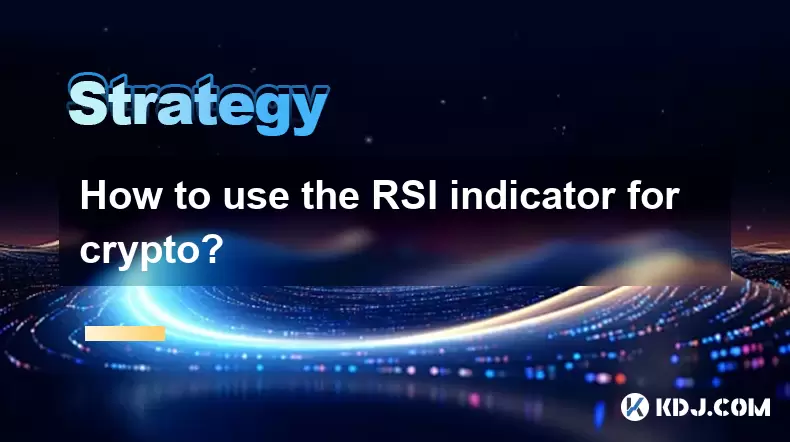-
 Bitcoin
Bitcoin $118300
-1.72% -
 Ethereum
Ethereum $3591
-0.69% -
 XRP
XRP $3.478
-3.53% -
 Tether USDt
Tether USDt $1.001
-0.01% -
 BNB
BNB $737.7
-0.54% -
 Solana
Solana $177.3
-2.40% -
 USDC
USDC $0.9999
-0.01% -
 Dogecoin
Dogecoin $0.2538
7.04% -
 TRON
TRON $0.3256
-0.85% -
 Cardano
Cardano $0.8332
-3.48% -
 Hyperliquid
Hyperliquid $44.80
-3.30% -
 Stellar
Stellar $0.4672
-6.09% -
 Sui
Sui $3.828
-5.98% -
 Chainlink
Chainlink $18.15
-3.41% -
 Hedera
Hedera $0.2655
-7.16% -
 Bitcoin Cash
Bitcoin Cash $517.5
-0.64% -
 Avalanche
Avalanche $23.89
-2.37% -
 Shiba Inu
Shiba Inu $0.00001519
-0.45% -
 UNUS SED LEO
UNUS SED LEO $8.973
0.13% -
 Toncoin
Toncoin $3.211
-2.54% -
 Litecoin
Litecoin $103.5
-3.58% -
 Polkadot
Polkadot $4.313
-3.90% -
 Uniswap
Uniswap $10.31
0.67% -
 Monero
Monero $325.4
-2.88% -
 Bitget Token
Bitget Token $5.049
3.51% -
 Ethena USDe
Ethena USDe $1.002
0.04% -
 Pepe
Pepe $0.00001346
-2.96% -
 Dai
Dai $0.9999
-0.02% -
 Aave
Aave $322.1
-2.93% -
 Bittensor
Bittensor $411.9
-4.70%
How to spot crypto market tops and bottoms?
Understanding crypto market cycles—tops and bottoms—requires analyzing volume, price action, on-chain data, technical indicators, and sentiment to anticipate trend reversals and improve trading decisions.
Jul 13, 2025 at 11:56 am

Understanding the Fundamentals of Crypto Market Cycles
The cryptocurrency market is known for its high volatility, which makes identifying market tops and bottoms a challenging yet crucial skill for traders. Unlike traditional financial markets, crypto markets operate 24/7 without any centralized control, leading to rapid price swings driven by sentiment, speculation, and macroeconomic factors. Understanding the underlying cycle of accumulation, markup, distribution, and markdown can provide valuable insights into spotting potential turning points.
A key concept in this context is recognizing that every bull run eventually leads to a top, while every bear phase ends with a bottom. These phases are often characterized by specific patterns in volume, price action, and on-chain metrics. By closely observing these indicators, investors can better anticipate reversals before they become apparent to the broader market.
Volume and Price Action as Early Warning Signals
One of the most reliable methods for identifying market tops and bottoms lies in analyzing volume and price behavior. During a market top, you may notice a surge in trading volume accompanied by diminishing returns in price gains. This divergence suggests that selling pressure is building even as buyers attempt to push prices higher.
Conversely, during a market bottom, there is often a period of low volume followed by a sudden spike indicating renewed interest from institutional or retail investors. Candlestick patterns such as bearish engulfing candles near resistance levels or bullish engulfing candles near support zones can also serve as strong signals of impending trend changes.
- Watch for divergences between price and volume
- Analyze candlestick formations at key technical levels
- Use multiple time frame analysis to confirm trends
Leveraging On-Chain Metrics for Deeper Insights
On-chain data has become an essential tool for advanced traders aiming to spot market tops and bottoms with greater accuracy. Metrics such as network value to transactions (NVT) ratio, exchange inflows/outflows, and holder behavior offer unique perspectives that are not easily manipulated like social media sentiment or news headlines.
For example, when large volumes of coins move from exchanges to personal wallets, it often signals long-term accumulation. Similarly, a rising NVT ratio can indicate overvaluation, potentially pointing toward a market top. Conversely, falling NVT and increasing whale accumulation might suggest that a bottom is forming.
- Monitor exchange balances for unusual outflows
- Track NVT and NVTS ratios for valuation anomalies
- Observe whale activity and large holder movements
Utilizing Technical Indicators for Confirmation
Technical analysis plays a critical role in confirming early signs of market tops and bottoms. Popular tools such as Relative Strength Index (RSI), Moving Average Convergence Divergence (MACD), and Bollinger Bands help traders identify overbought or oversold conditions, trend strength, and potential reversal zones.
When RSI consistently hits above 80 without correcting, it could signal exhaustion among buyers, hinting at a possible top. On the flip side, prolonged periods below 20 RSI readings may indicate deep capitulation and set the stage for a rally. Combining these indicators with Fibonacci retracement levels and moving averages enhances their predictive power significantly.
- Identify overbought or oversold extremes using RSI
- Analyze MACD line and signal line crossovers
- Apply Fibonacci retracements to measure pullbacks
Reading Sentiment and Social Trends
Market psychology heavily influences cryptocurrency prices, making sentiment analysis a powerful component in spotting market tops and bottoms. Tools such as Google Trends, Twitter sentiment analysis, and crypto fear and greed index can reveal whether the crowd is overly optimistic or pessimistic.
At market tops, euphoria tends to dominate, with widespread adoption narratives and FOMO-driven buying. In contrast, bottoms often form amidst despair, where negative news dominates headlines and retail participation dries up. Monitoring the tone and frequency of discussions across forums like Reddit or Telegram channels can provide real-time insight into shifting moods.
- Check Google Trends for search volume spikes
- Follow sentiment shifts on Twitter and Discord
- Refer to the Fear & Greed Index for emotional extremes
Frequently Asked Questions
Q: Can I rely solely on technical indicators to predict crypto market tops and bottoms?
While technical indicators are useful, they should be combined with other forms of analysis such as on-chain data, volume patterns, and sentiment tracking for more accurate predictions.
Q: How do I differentiate between a market correction and a full-blown bear market?
A correction typically shows temporary weakness within a larger uptrend, whereas a bear market features sustained declines and breakdowns below major support levels, often accompanied by deteriorating fundamentals and sentiment.
Q: Is it possible to consistently time the exact top or bottom in crypto markets?
Consistently timing the exact top or bottom is extremely difficult due to the volatile and speculative nature of crypto assets. Most successful traders focus on probabilities and risk management rather than precision entry or exit points.
Q: What tools are best suited for beginners trying to identify market cycles?
Beginners can start with basic tools like TradingView for charting, Glassnode for on-chain analytics, and Crypto Fear & Greed Index for sentiment tracking.
Disclaimer:info@kdj.com
The information provided is not trading advice. kdj.com does not assume any responsibility for any investments made based on the information provided in this article. Cryptocurrencies are highly volatile and it is highly recommended that you invest with caution after thorough research!
If you believe that the content used on this website infringes your copyright, please contact us immediately (info@kdj.com) and we will delete it promptly.
- Crypto Picks: Navigating the Meme Coin Mania – Toshi, Ski Mask Dog, and the Elusive Pepe Coin 30,000% Rally
- 2025-07-19 14:30:13
- SUI Blockchain, Unilabs, and Curve Finance: A New Era of Crypto Investments?
- 2025-07-19 15:10:12
- Riding the Altcoin Wave: ADA Price, XRP Surges, and the Season of Opportunity
- 2025-07-19 15:30:12
- MoonBull, Meme Coins, and Your Watchlist: What's Hot Right Now
- 2025-07-19 14:30:13
- Crypto Market Mania: Ethereum Surges, Trump's Company Cashes In!
- 2025-07-19 12:30:13
- NFT Trading, Users, and the Quest for a Comeback: What's the Deal?
- 2025-07-19 12:30:13
Related knowledge

How to avoid common crypto investment mistakes?
Jul 13,2025 at 01:35am
Understanding the Risks of Crypto InvestmentInvesting in cryptocurrency can be highly rewarding, but it also comes with significant risks. One of the ...

What is a long-short crypto strategy?
Jul 15,2025 at 10:56am
Understanding the Basics of a Long-Short Crypto StrategyA long-short crypto strategy is an investment approach where traders simultaneously take long ...

What is a long-short crypto strategy?
Jul 11,2025 at 01:28pm
Understanding the Basics of Long-Short Crypto StrategyA long-short crypto strategy is an investment approach where traders take both long and short po...

How to use the RSI indicator for crypto?
Jul 12,2025 at 03:56pm
Understanding the RSI Indicator in Cryptocurrency TradingThe Relative Strength Index (RSI) is a momentum oscillator used to measure the speed and chan...

Is copy trading a good strategy for crypto beginners?
Jul 12,2025 at 08:28am
Understanding Copy Trading in the Cryptocurrency MarketCopy trading is a strategy where novice traders replicate the trades of experienced investors a...

How to build a crypto portfolio with $1000?
Jul 13,2025 at 08:14pm
Understanding the Basics of Cryptocurrency InvestmentBuilding a crypto portfolio with $1000 starts with understanding the fundamentals of cryptocurren...

How to avoid common crypto investment mistakes?
Jul 13,2025 at 01:35am
Understanding the Risks of Crypto InvestmentInvesting in cryptocurrency can be highly rewarding, but it also comes with significant risks. One of the ...

What is a long-short crypto strategy?
Jul 15,2025 at 10:56am
Understanding the Basics of a Long-Short Crypto StrategyA long-short crypto strategy is an investment approach where traders simultaneously take long ...

What is a long-short crypto strategy?
Jul 11,2025 at 01:28pm
Understanding the Basics of Long-Short Crypto StrategyA long-short crypto strategy is an investment approach where traders take both long and short po...

How to use the RSI indicator for crypto?
Jul 12,2025 at 03:56pm
Understanding the RSI Indicator in Cryptocurrency TradingThe Relative Strength Index (RSI) is a momentum oscillator used to measure the speed and chan...

Is copy trading a good strategy for crypto beginners?
Jul 12,2025 at 08:28am
Understanding Copy Trading in the Cryptocurrency MarketCopy trading is a strategy where novice traders replicate the trades of experienced investors a...

How to build a crypto portfolio with $1000?
Jul 13,2025 at 08:14pm
Understanding the Basics of Cryptocurrency InvestmentBuilding a crypto portfolio with $1000 starts with understanding the fundamentals of cryptocurren...
See all articles

























































































